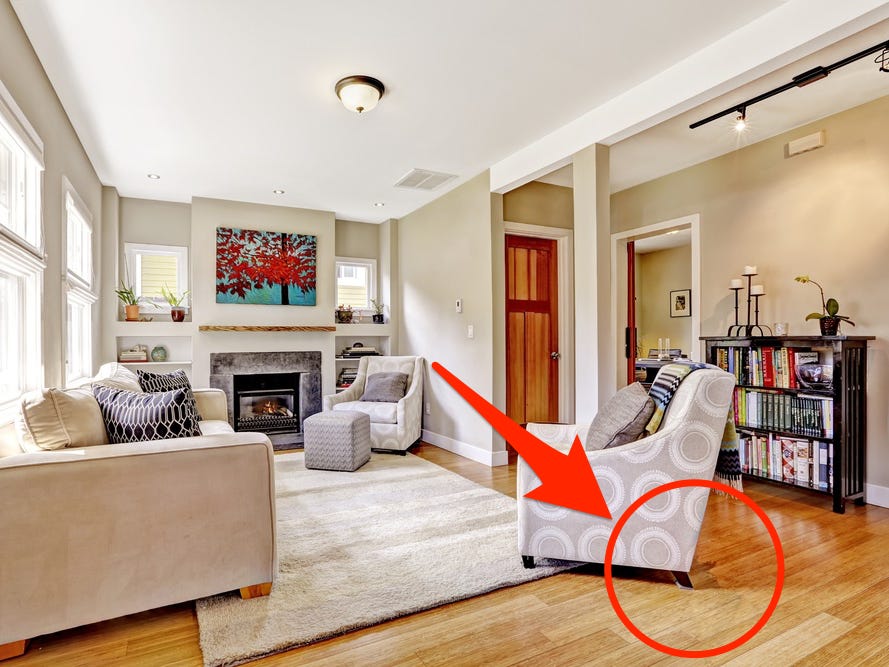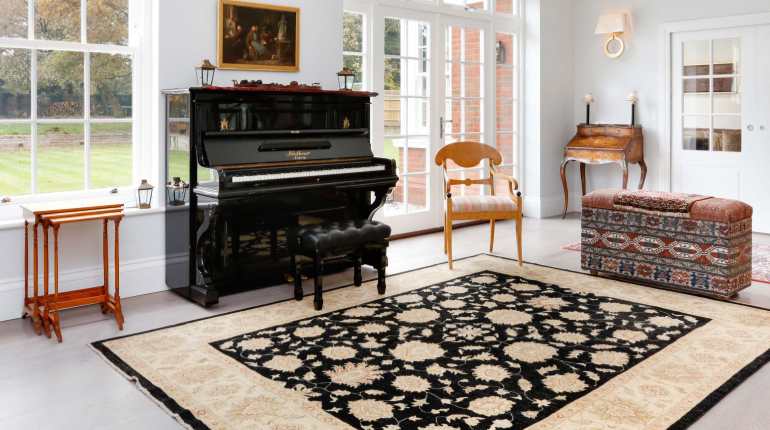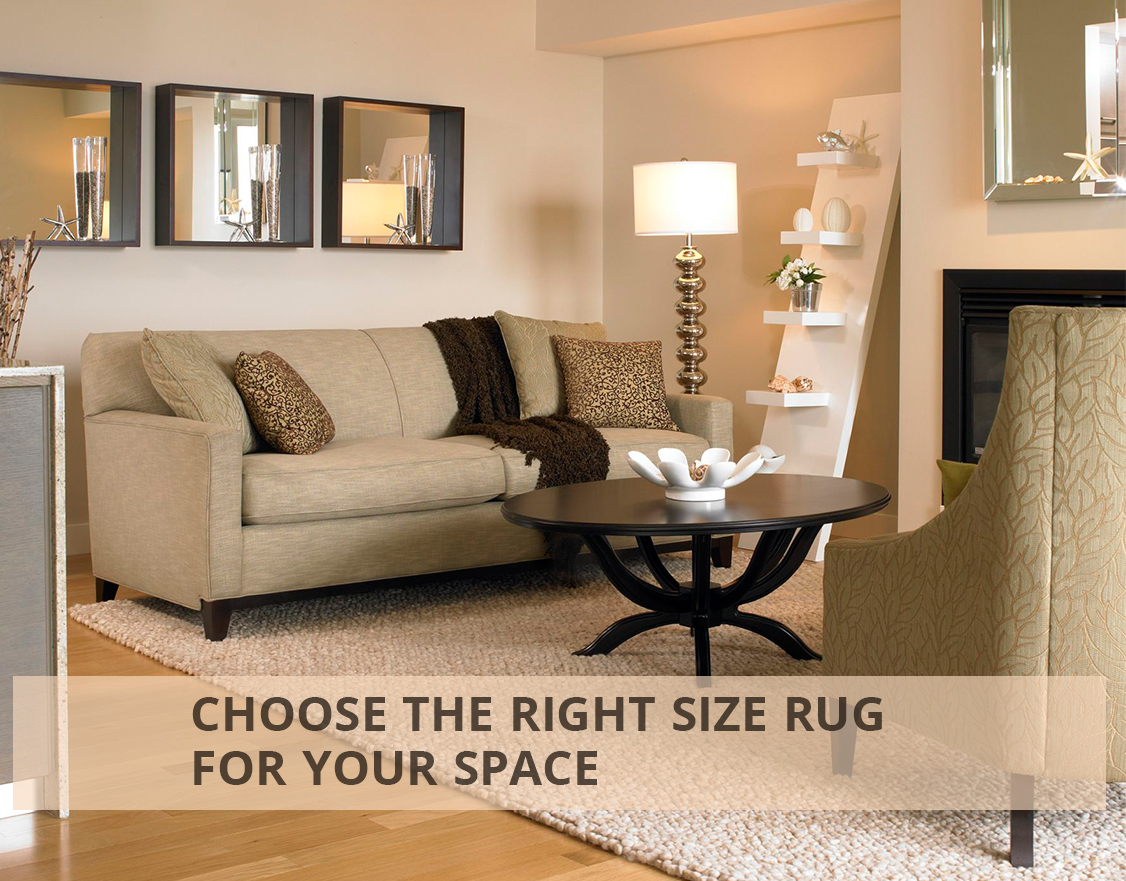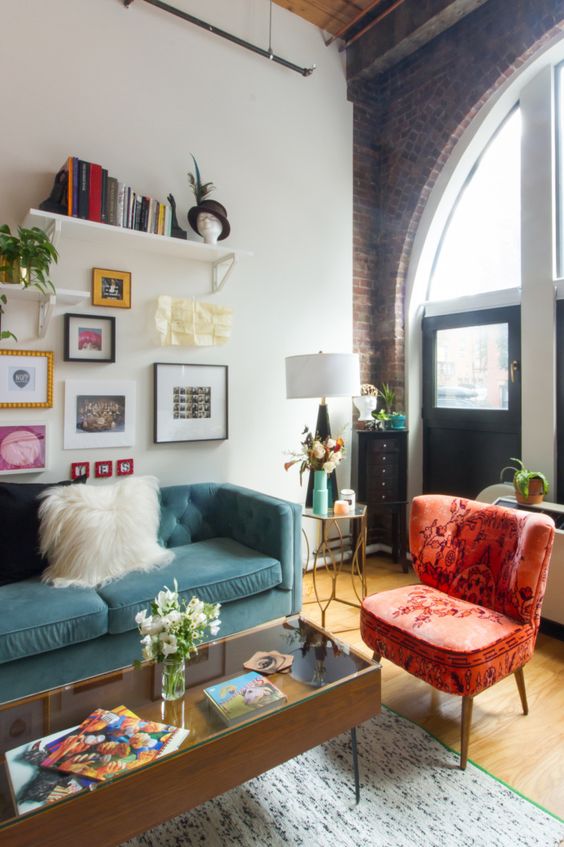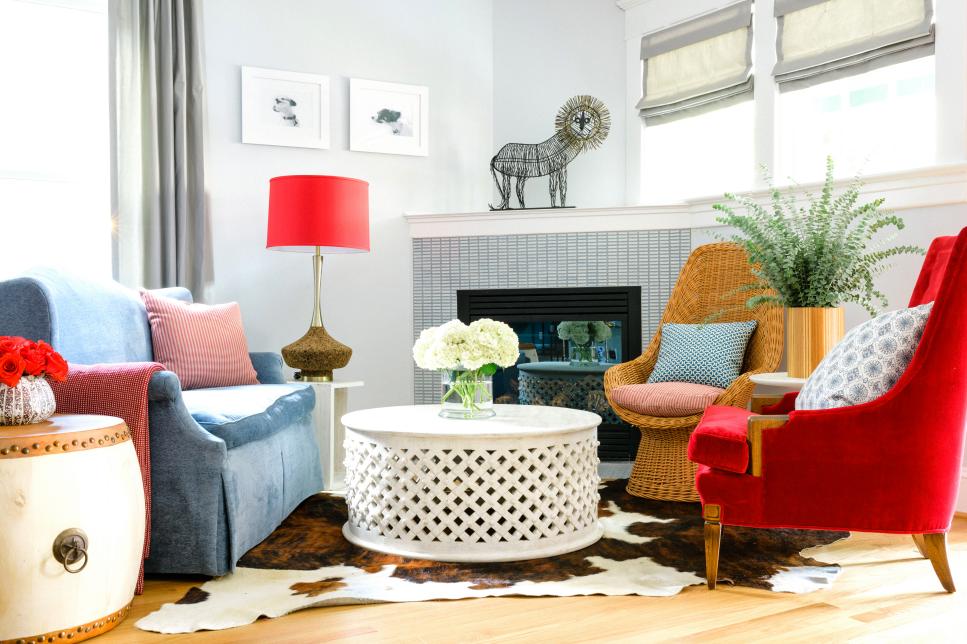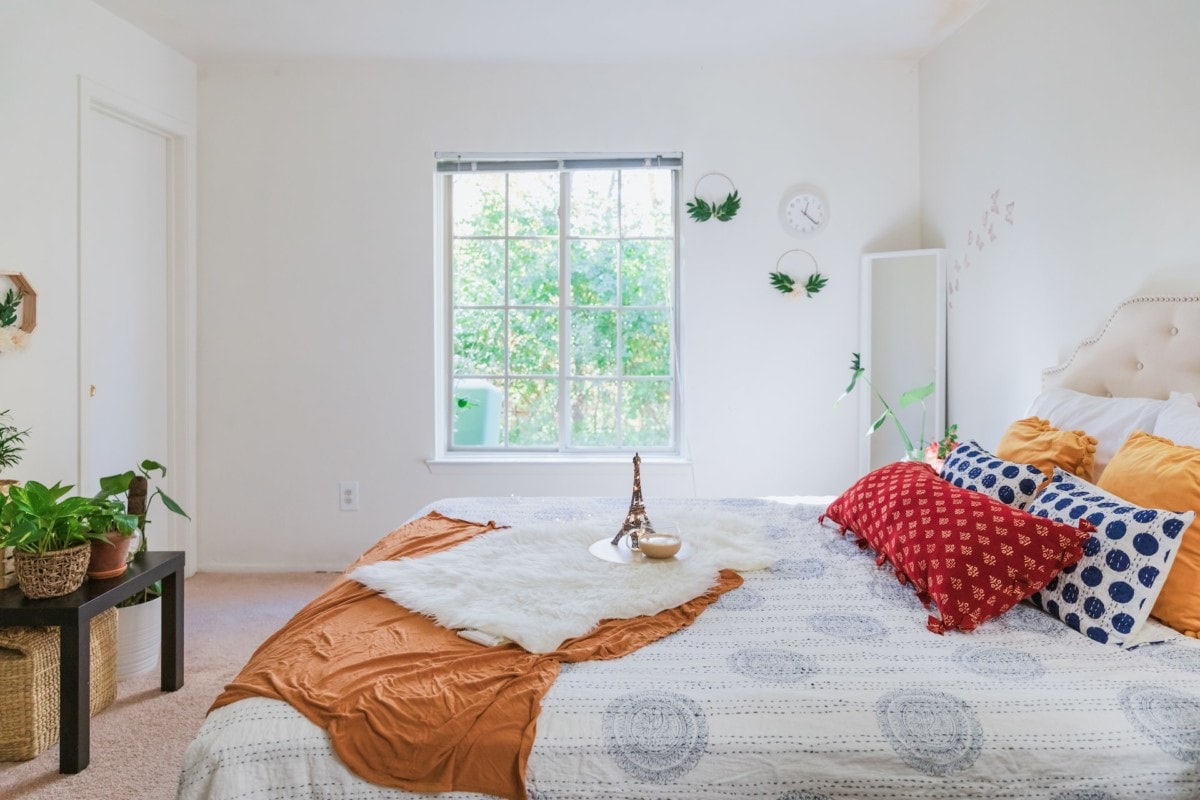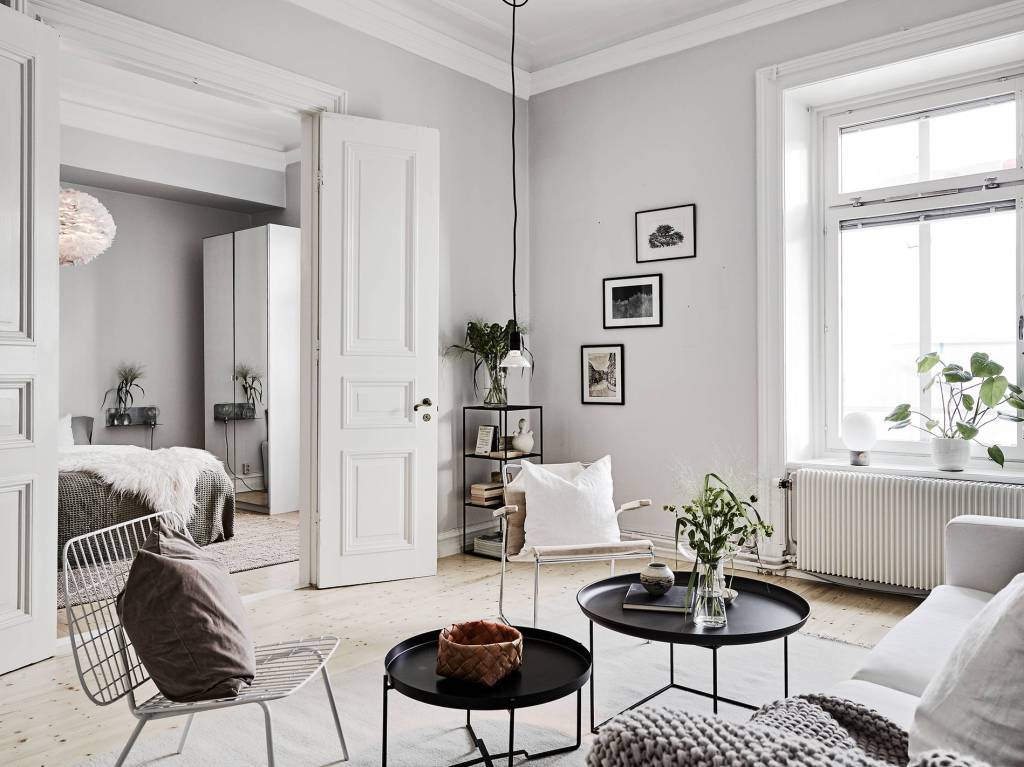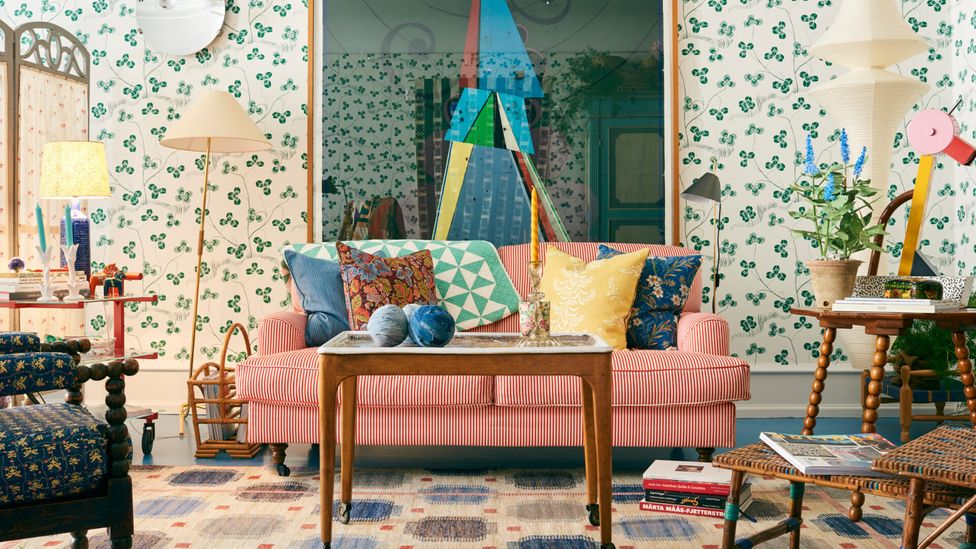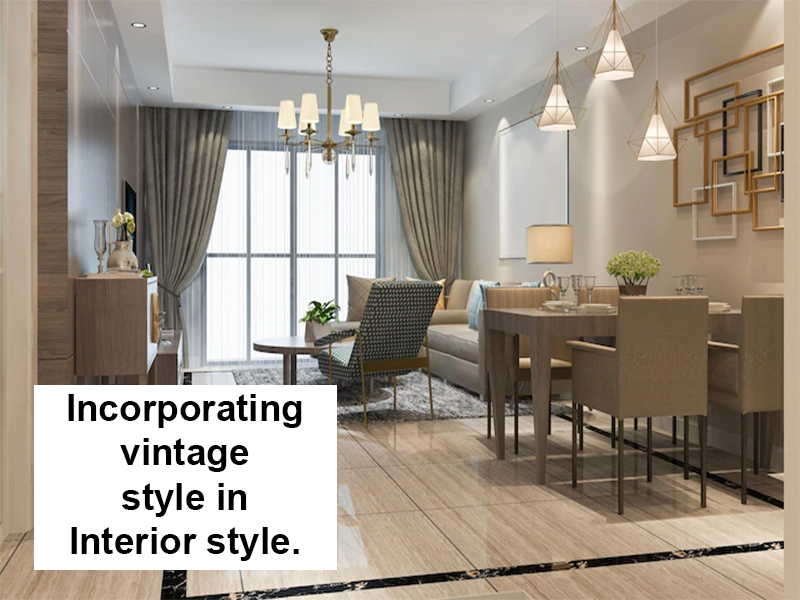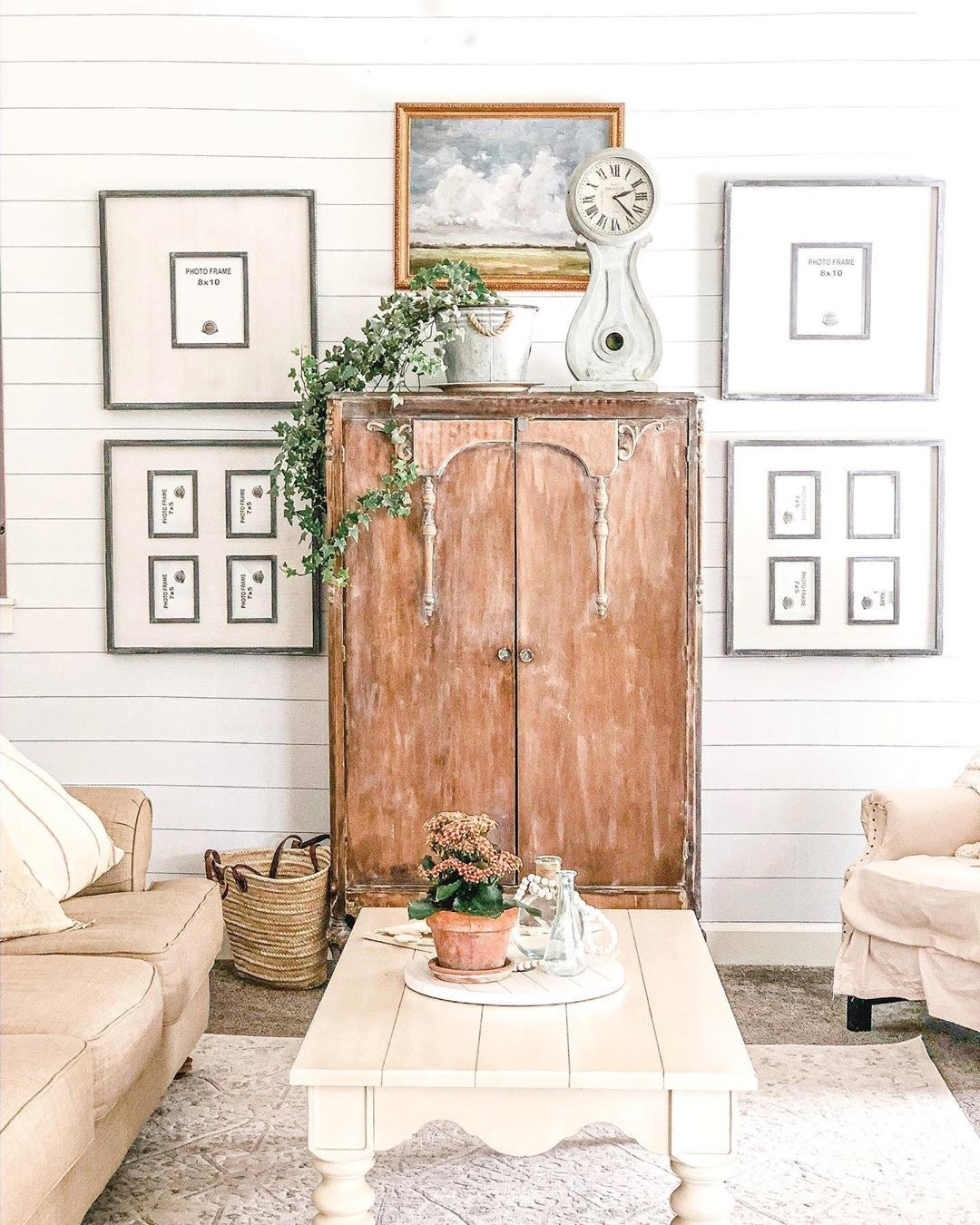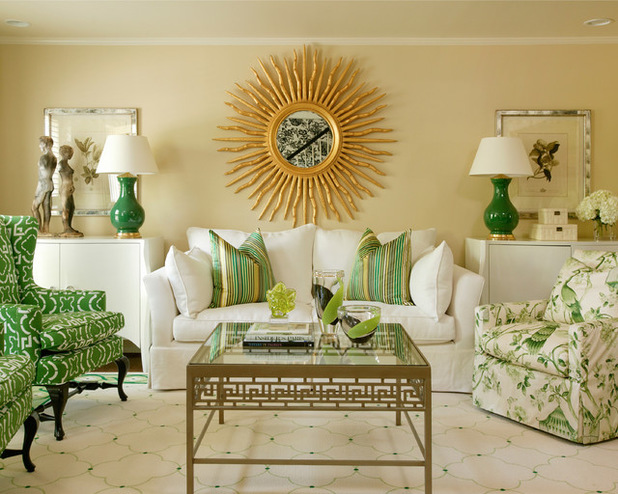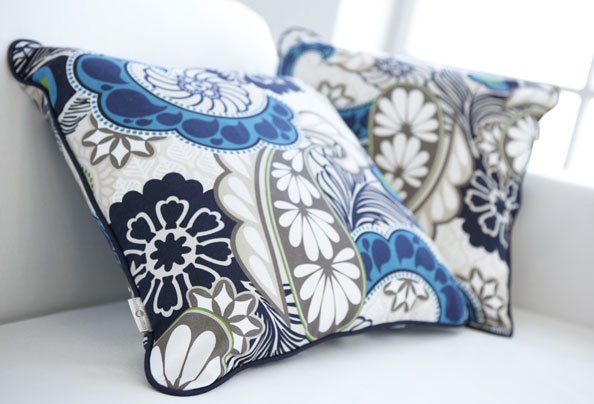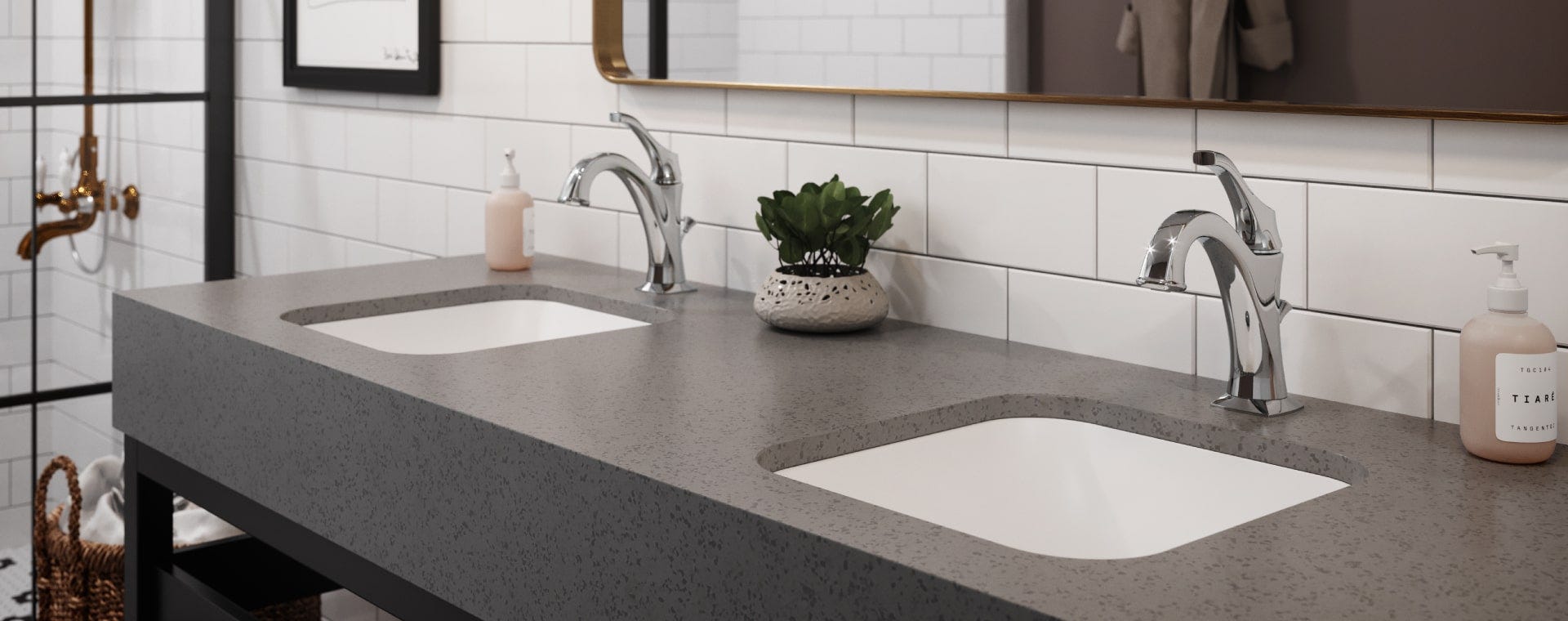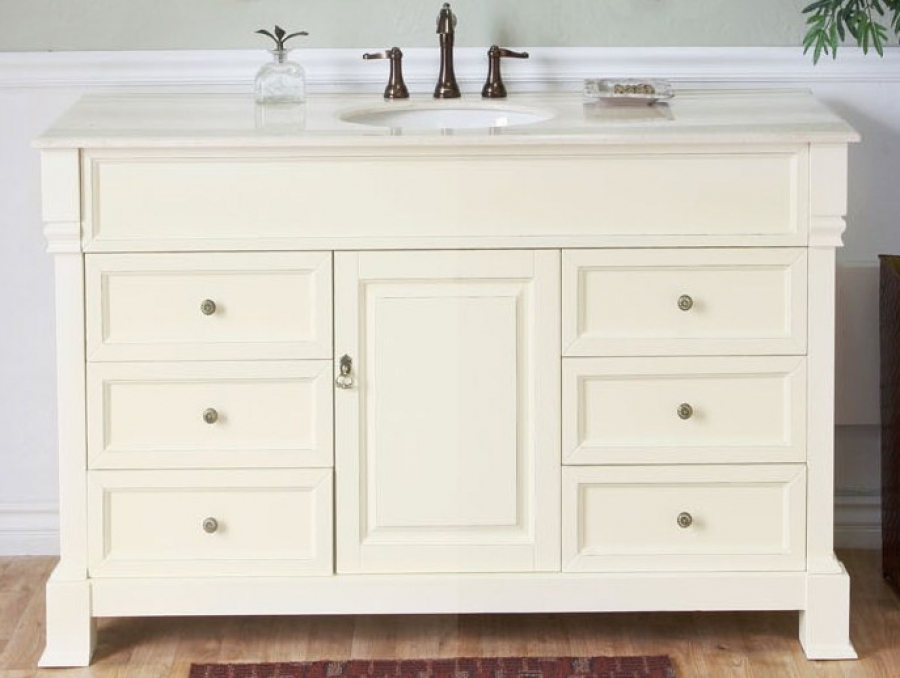Not considering the room's function
One of the most common mistakes when designing a living room is not taking into account the room's function. Many people focus solely on aesthetics and forget about the practicality of the space. Your living room should be a place where you can relax, entertain guests, and spend quality time with your family. It's important to consider all of these functions when designing your living room to ensure it meets your needs and suits your lifestyle.
Not enough seating
One of the biggest complaints people have about their living room is not having enough seating. This can be a result of not considering the room's function or simply not having enough chairs or sofas. It's important to have enough seating options for both everyday use and when guests come over. Consider incorporating different types of seating, such as a mix of sofas, armchairs, and ottomans, to create a versatile and comfortable space.
Choosing the wrong size rug
A rug can make or break a living room, but many people make the mistake of choosing the wrong size rug. A rug that is too small can make the room feel disjointed and unbalanced, while a rug that is too large can make the room feel cramped. The general rule of thumb is to choose a rug that is large enough to fit all of your furniture on top of it. This will help to anchor the space and create a cohesive look.
Ignoring lighting
Lighting is often an overlooked aspect of living room design, but it can have a huge impact on the overall look and feel of the space. Many people make the mistake of relying solely on overhead lighting, which can create harsh and unflattering lighting. Instead, aim for a mix of ambient, task, and accent lighting to create a warm and inviting atmosphere. Don't be afraid to incorporate different light sources, such as floor lamps and table lamps, to add depth and dimension to the room.
Not utilizing wall space
Another common mistake in living room design is not utilizing wall space effectively. Walls are a blank canvas waiting to be decorated, and leaving them bare can make the room feel unfinished. Consider adding artwork, shelves, or a gallery wall to add visual interest and personality to the room. Just be sure not to clutter the walls and keep a good balance between empty space and decor.
Cluttered or mismatched furniture
A cluttered or mismatched collection of furniture can make a living room feel chaotic and unorganized. It's important to choose furniture pieces that not only fit the room's function but also complement each other in terms of style and scale. Avoid overcrowding the room with too much furniture and opt for pieces that have a cohesive look and feel.
Not incorporating personal style
Your living room should be a reflection of your personal style and taste, but many people make the mistake of playing it safe and sticking to generic decor. Don't be afraid to inject some personality into your living room by incorporating items that are meaningful to you, whether it's a family heirloom or a piece of artwork you love. This will help to make the room feel more personal and inviting.
Not having a focal point
A focal point is the main attraction in a room and can draw the eye and add visual interest. Many living rooms lack a focal point, which can make the space feel bland and uninteresting. This can be easily fixed by creating a focal point, such as a fireplace, large piece of artwork, or a statement piece of furniture. It will not only add character to the room but also help to tie the design together.
Not considering traffic flow
When designing a living room, it's important to consider the flow of traffic in the space. You don't want to have to navigate around furniture to get from one side of the room to the other. Make sure there is enough space for people to move freely and easily around the room. This is especially important if you have a larger family or frequently entertain guests.
Not balancing colors and patterns
Lastly, many people make the mistake of not balancing colors and patterns in their living room. Too much of one color or pattern can make the room feel overwhelming and busy. It's important to choose a color scheme and stick to it, incorporating different textures and patterns to add depth and interest. Don't be afraid to mix and match, but make sure there is a balance between bold and neutral elements.
In conclusion, designing a living room can be a daunting task, but avoiding these common mistakes can help you create a space that is functional, comfortable, and visually appealing. Remember to consider the room's function, use a mix of seating options, choose the right size rug, incorporate proper lighting, utilize wall space effectively, balance furniture and personal style, create a focal point, consider traffic flow, and balance colors and patterns. By doing so, you'll have a living room that is not only beautiful but also reflects your personal style and meets your practical needs.
Additional Mistakes to Avoid in Your Living Room Design

Not Considering the Flow of Traffic
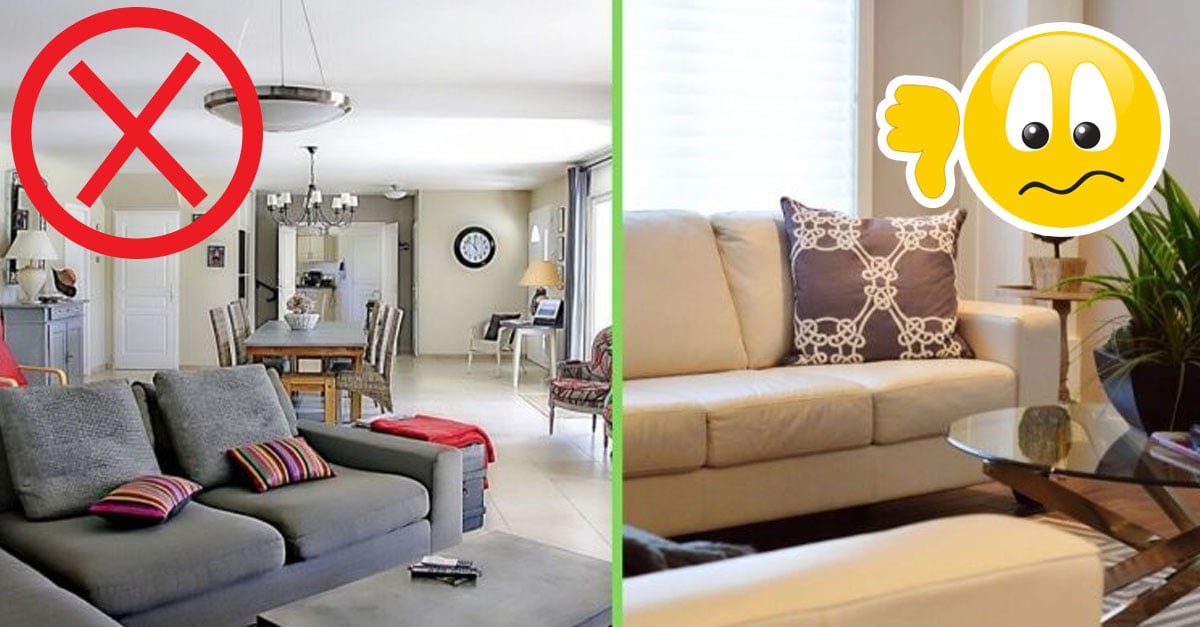 One common mistake in living room design is not considering the flow of traffic within the space. Your living room should have a natural flow that allows for easy movement and accessibility. This means avoiding placing furniture in a way that blocks pathways or creates obstacles. Not only can this be frustrating for those trying to navigate the room, but it can also make the space feel cramped and cluttered. When designing your living room, be mindful of the pathways and create a layout that allows for smooth movement throughout the space.
One common mistake in living room design is not considering the flow of traffic within the space. Your living room should have a natural flow that allows for easy movement and accessibility. This means avoiding placing furniture in a way that blocks pathways or creates obstacles. Not only can this be frustrating for those trying to navigate the room, but it can also make the space feel cramped and cluttered. When designing your living room, be mindful of the pathways and create a layout that allows for smooth movement throughout the space.
Ignoring Natural Light
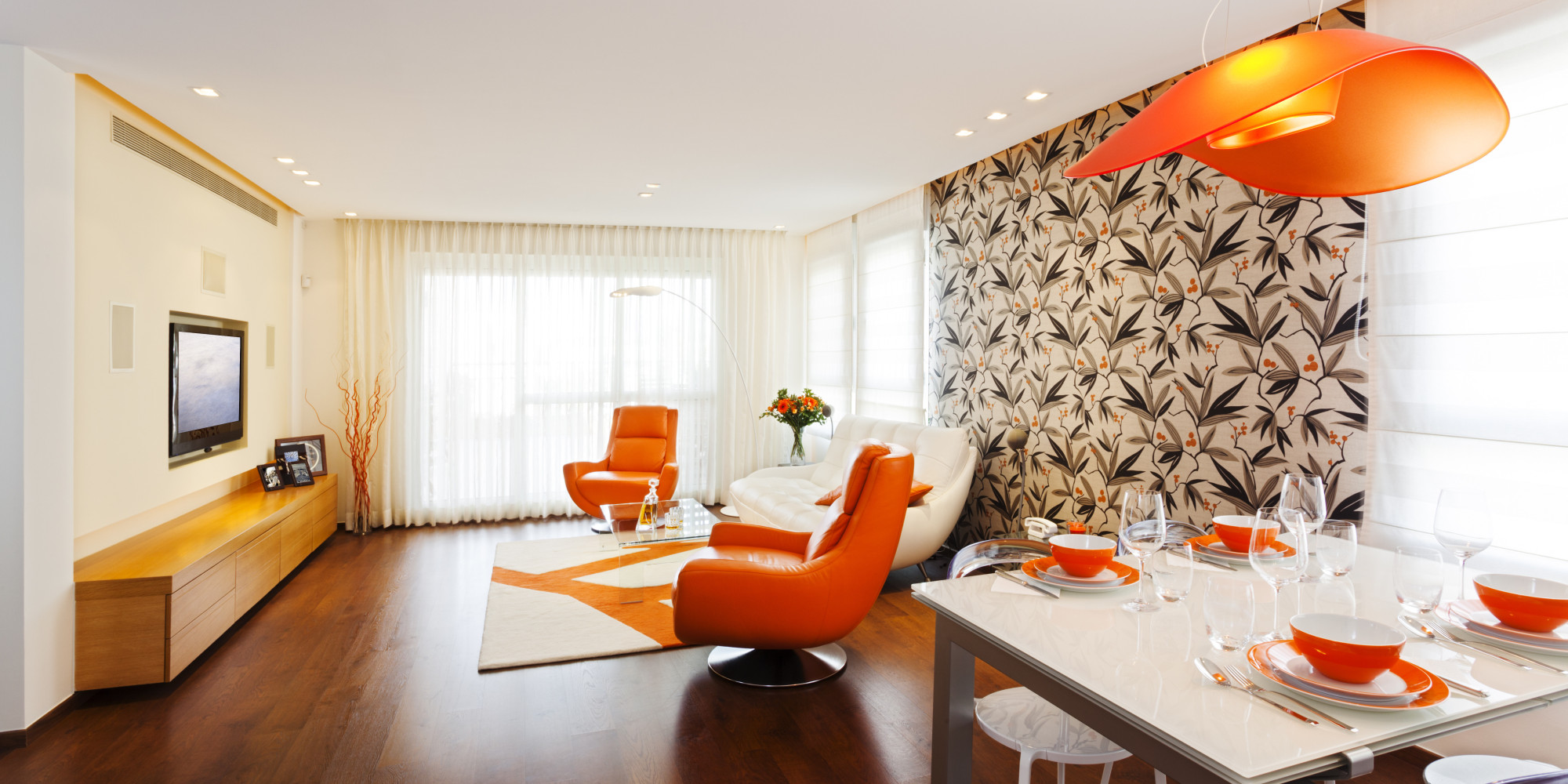 Natural light can make a huge difference in the overall look and feel of a living room. Unfortunately, many people make the mistake of ignoring natural light when designing their living room. This can result in a dark and gloomy space that lacks warmth and energy. When designing your living room, consider the placement of windows and how much natural light they bring in. Use this to your advantage by arranging furniture in a way that allows for natural light to fill the room. You can also incorporate light, airy colors and reflective surfaces to help bounce light around the space.
Natural light can make a huge difference in the overall look and feel of a living room. Unfortunately, many people make the mistake of ignoring natural light when designing their living room. This can result in a dark and gloomy space that lacks warmth and energy. When designing your living room, consider the placement of windows and how much natural light they bring in. Use this to your advantage by arranging furniture in a way that allows for natural light to fill the room. You can also incorporate light, airy colors and reflective surfaces to help bounce light around the space.
Forgetting About Functionality
 While aesthetics are important in living room design, functionality should not be overlooked. Your living room should serve a purpose and cater to your lifestyle. Think about how you use the space and what activities take place there. For example, if you enjoy hosting movie nights, make sure there is enough seating and a comfortable viewing area. If you work from home, consider incorporating a functional workspace into your living room design. By combining both style and function, you can create a living room that not only looks great but also meets your needs.
While aesthetics are important in living room design, functionality should not be overlooked. Your living room should serve a purpose and cater to your lifestyle. Think about how you use the space and what activities take place there. For example, if you enjoy hosting movie nights, make sure there is enough seating and a comfortable viewing area. If you work from home, consider incorporating a functional workspace into your living room design. By combining both style and function, you can create a living room that not only looks great but also meets your needs.
In conclusion, designing a living room can be a daunting task, but by avoiding these common mistakes, you can create a space that is both functional and visually appealing. Remember to consider the flow of traffic, maximize natural light, and prioritize functionality when designing your living room. With these tips in mind, you can create a space that you and your guests will love spending time in.


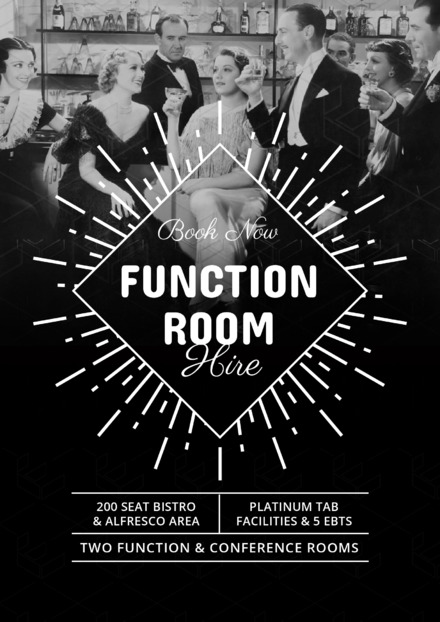



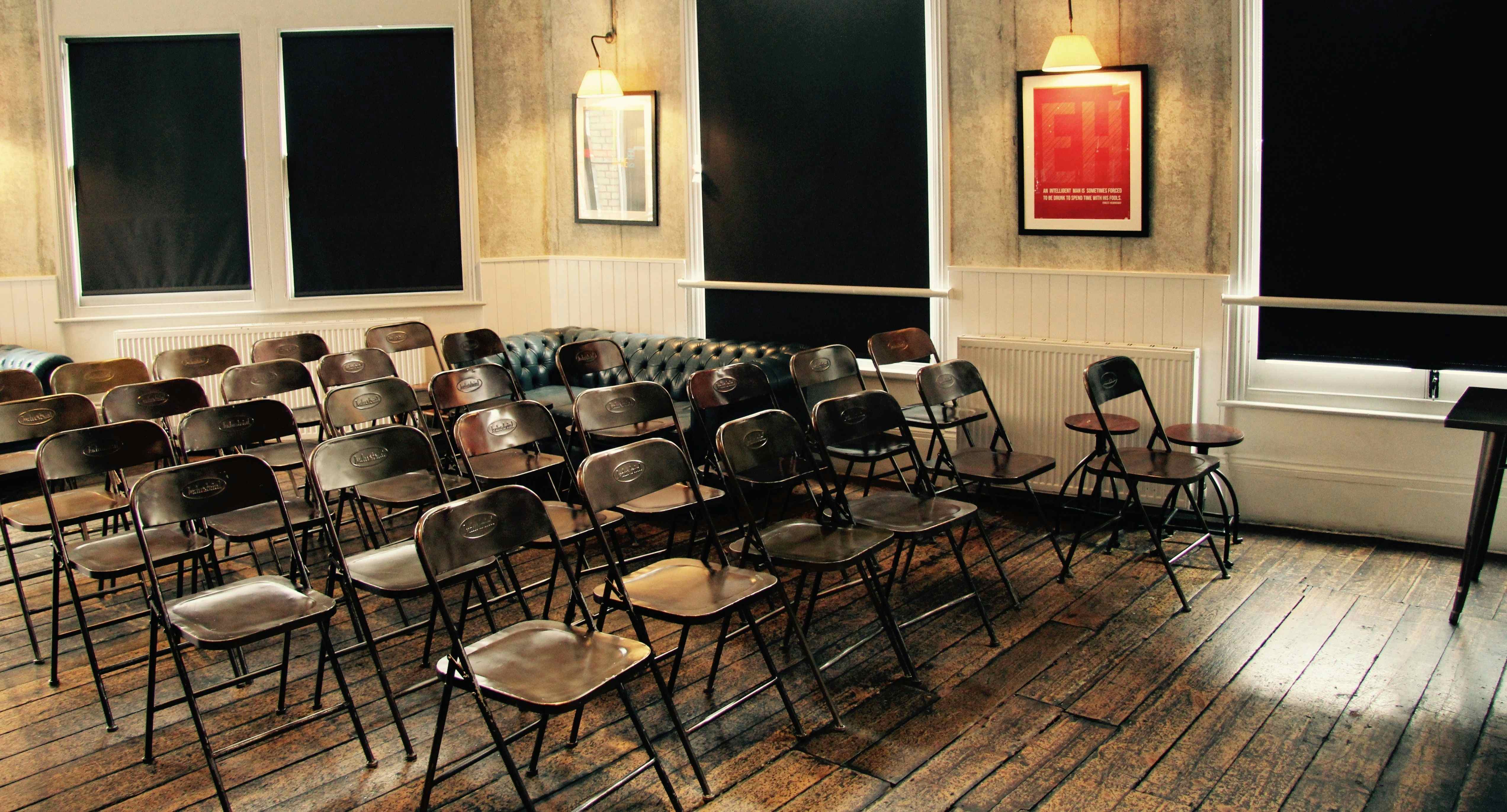












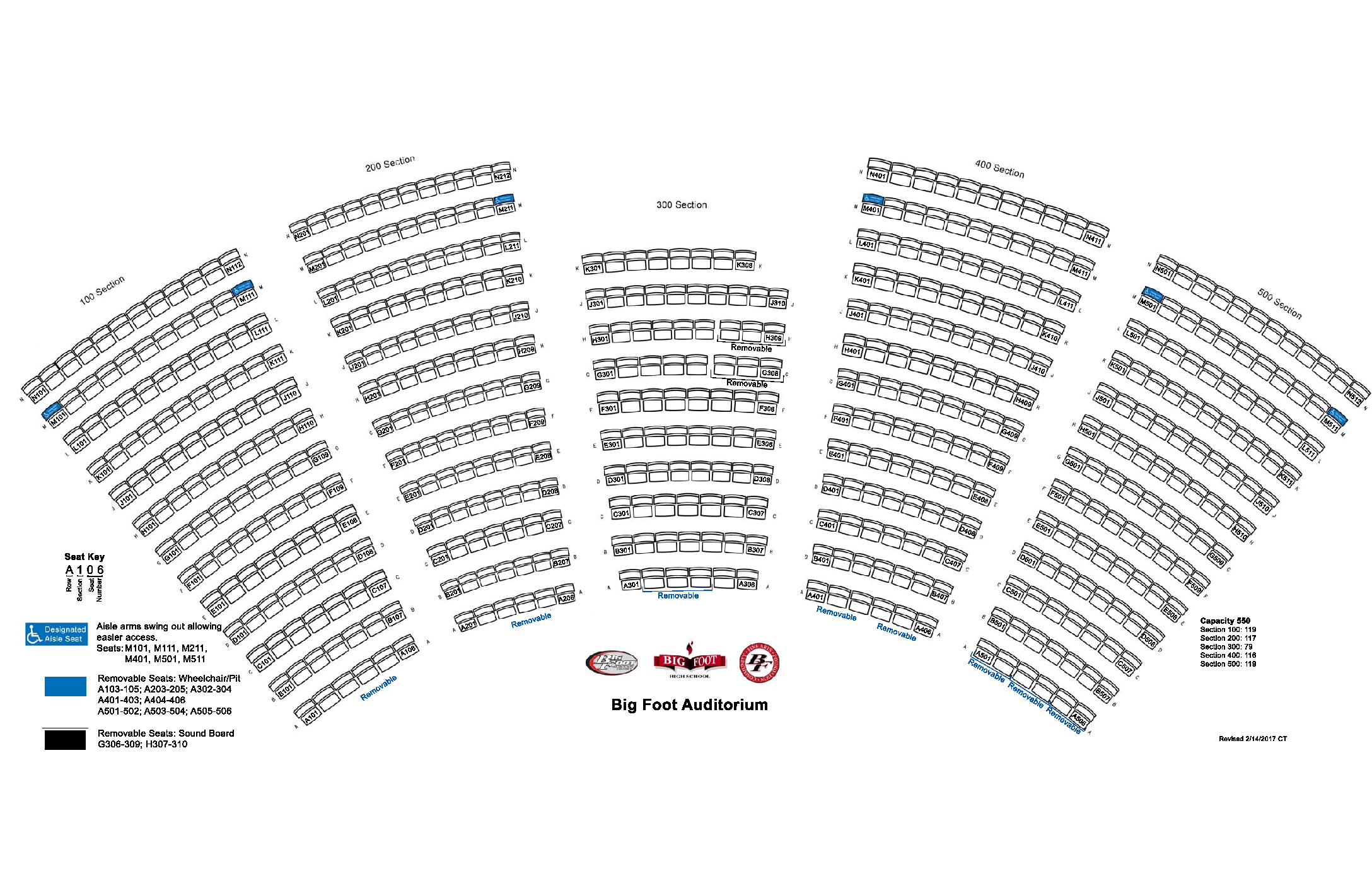





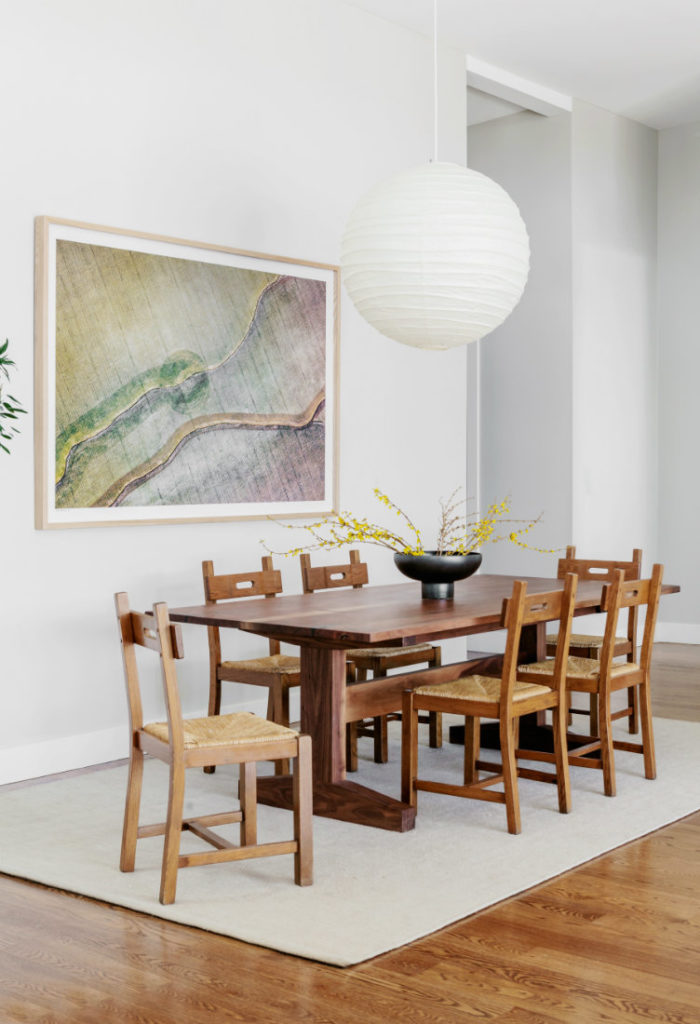
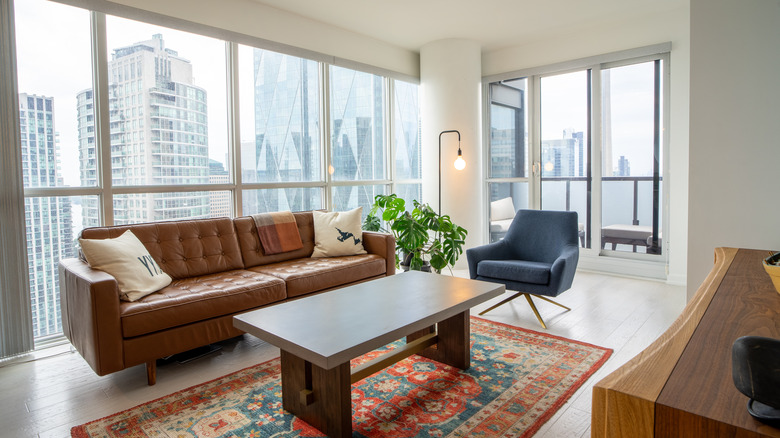
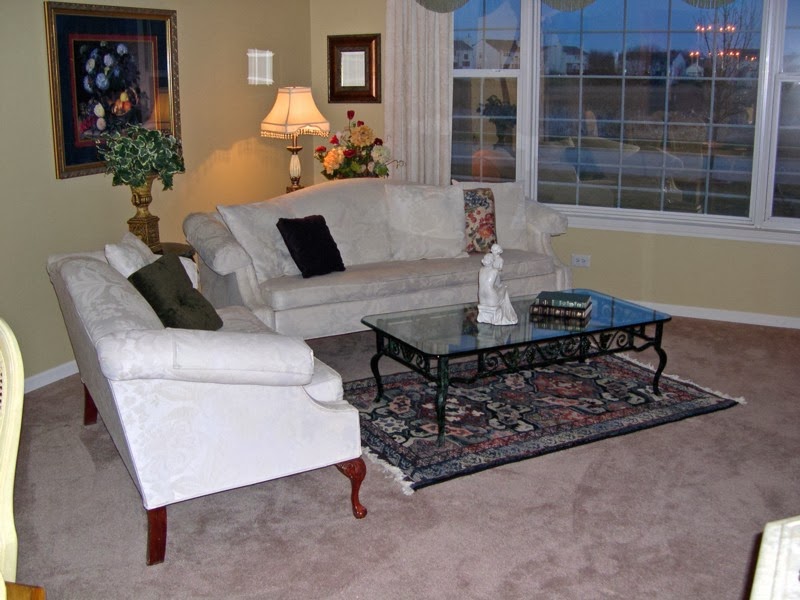
/AmyCooper-MarcellaAlanAfter1-5bef478326874b728b526bac19649802.jpg)


